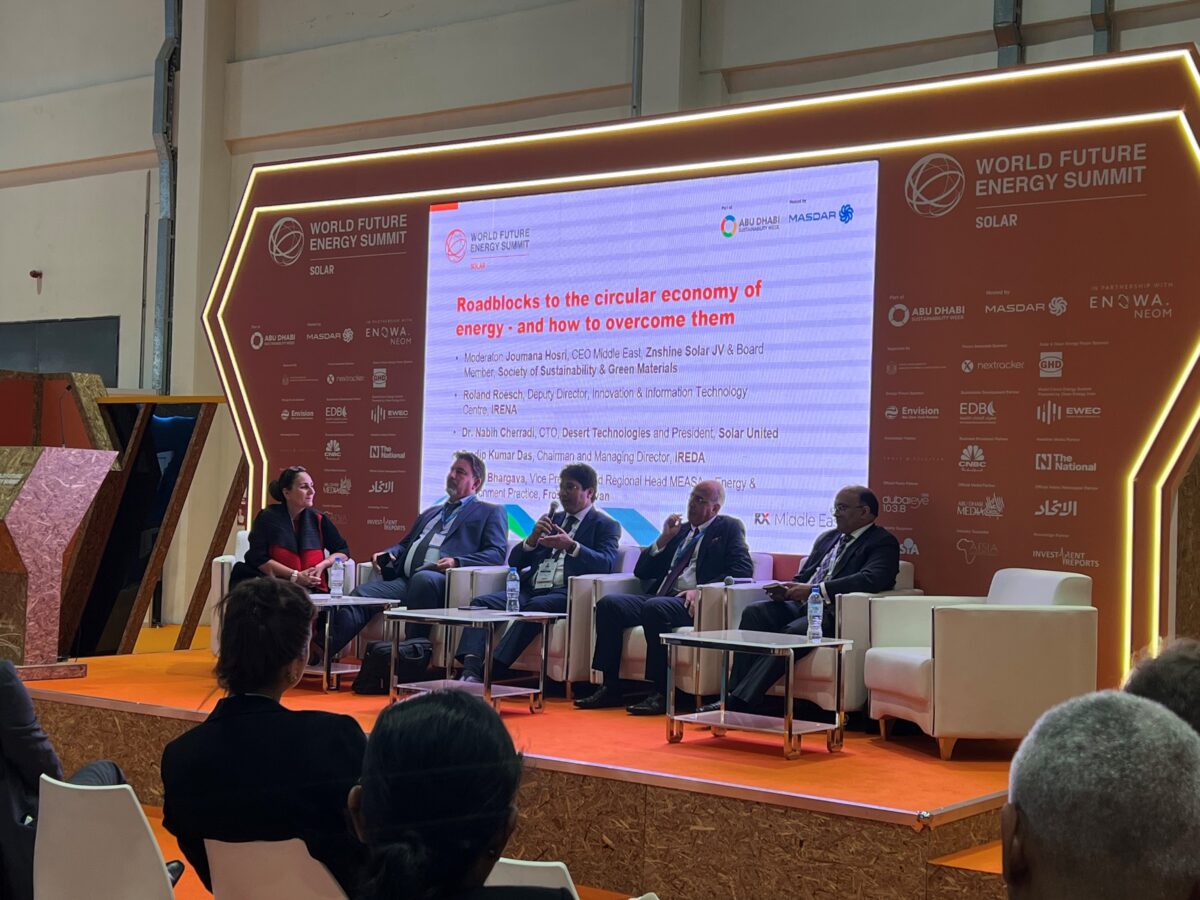From pv magazine Global
Household demand for rooftop PV systems and residential batteries continues to grow. In order to meet the expectations of homeowners, Verbraucherzentrale NRW – a German consumer association – is trying to clarify false expectations about PV installations that could disappoint prosumers.
“It is important to be aware of the personal goals of using photovoltaics and then to find out more. In this way, disappointments can be avoided and solar power can be used really efficiently,” said Sören Demandt, a digital energy transition analyst for Verbraucherzentrale NRW.
The first misconception is to promise people that they can become self-sufficient with PV systems and storage systems. This is not true, because PV systems and home storage solutions can only cover a certain proportion of annual electricity supplies for households.
The degree of self-sufficiency that can be achieved is between 25% and 90%, depending on the level of power consumption and whether storage has been installed. Especially in the winter months, the amount of solar power that can be generated is far from sufficient, so grid power has to be purchased, said Demandt. Complete self-sufficiency can only be achieved with additional seasonal storage, such as hydrogen.
“However, that is technically complex and hardly makes economic sense for a residential unit,” said Demandt.
Another misconception relates to the belief that a PV system is only worthwhile in combination with a battery. Some homeowners seem to believe that feeding solar power into the grid is not a financially attractive option.
“A photovoltaic system is financially worthwhile, even without storage,” said Demandt. “If installing a battery in addition to the photovoltaic system is doable, it depends on a number of factors – mainly, a home’s consumption profile and electricity costs.”
Homeowners should therefore check their self-consumption levels without storage. They can compare higher self-consumption levels through battery storage with actual electricity costs.
Verbraucherzentrale NRW also rejects the idea that south-facing rooftops are always better for PV systems than east-west-facing rooftops. It’s not just about generating as much solar power as possible, but generating electricity when it is needed. The annual yield of a PV system on an east-west roof is only around 80% compared to a south-facing roof. However, the yield from solar systems on east-west roofs can be spread over the course of an entire day, as the systems still get a significant amount of sun in the morning and evening.
Many people who do not have rooftops for PV installations often consider investments in plug-in solar devices. These can be attached to balconies or set up in gardens. However, if tenants hope to be able to power household appliances such as coffee machines, they may be disappointed.
“These panels are particularly suitable for covering the baseload in the household,” explained Demandt. “The electricity is used directly – for example, for a telephone, an internet router, or an alarm clock radio.”
If more power is needed, it will be provided by the grid. This is the case, for example, with a coffee machine that briefly requires around 2,000 W to heat up water. Balcony PV modules alone could not achieve this, according to Verbraucherzentrale NRW.
This content is protected by copyright and may not be reused. If you want to cooperate with us and would like to reuse some of our content, please contact: editors@pv-magazine.com.









1 comment
By submitting this form you agree to pv magazine using your data for the purposes of publishing your comment.
Your personal data will only be disclosed or otherwise transmitted to third parties for the purposes of spam filtering or if this is necessary for technical maintenance of the website. Any other transfer to third parties will not take place unless this is justified on the basis of applicable data protection regulations or if pv magazine is legally obliged to do so.
You may revoke this consent at any time with effect for the future, in which case your personal data will be deleted immediately. Otherwise, your data will be deleted if pv magazine has processed your request or the purpose of data storage is fulfilled.
Further information on data privacy can be found in our Data Protection Policy.